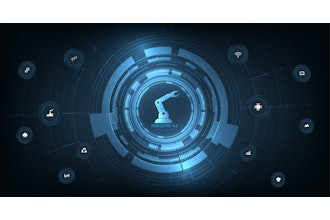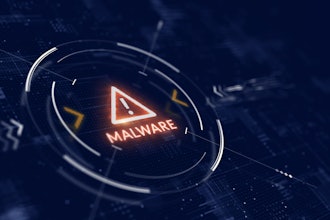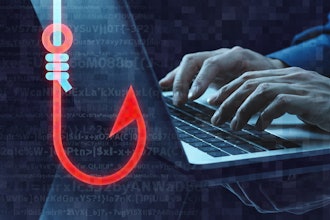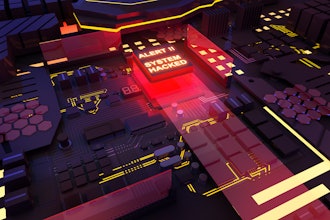
The impact, or potential impact, of artificial intelligence will seemingly define 2025. And perhaps no aspect of the industrial enterprise will feel this more strongly than cybersecurity. As our experts describe below, AI will not only impact the voracity of attacks, but the way we defend our supply chains, implement regulatory guidance and protect data.
Dale Hoak, Director of Information Security, RegScale
- By 2025, AI-driven compliance tools will be widely adopted to manage the growing complexity of cybersecurity regulations and threats. As frameworks like FedRAMP and GDPR grow more stringent, manual GRC tools and processes will become too slow to keep up with regulatory changes. In response, organizations will increasingly use AI to automate real-time checks, monitor violations, and streamline audits. These AI-powered solutions—and the corresponding rise of compliance as code—will help companies proactively identify risks and cut costs.
- A global convergence of privacy laws will reduce the friction caused by widely varying regulations like GDPR, CCPA, and PIPL. Currently, the lack of unified legislation presents major challenges for international commerce, but corporations and governments are pushing for more streamlined and standardized privacy frameworks. Businesses should invest in agile GRC solutions to prepare for the emergence of new global privacy agreements and partnerships.
- In 2025, supply chain cybersecurity certifications will become a norm across industries. To prevent disastrous attacks like SolarWinds and Kaseya, businesses will require stringent compliance from third-party vendors, and governments will expand frameworks like NIST SP 800-161, CMMC, and ISO 27001. As a result, there will be increased demand for supply chain cybersecurity compliance platforms with robust risk assessment, real-time monitoring, and reporting features.
James Fisher, Director of Security Operations, SECURECYBER
- Accelerated automation to outpace security threats. With AI tools enabling expedited attack timelines, automated security solutions are essential. Emerging automations within the security stack will allow teams to respond efficiently to streamlined attacks. AI will drive the implementation of creative responses to new threats, offering enhanced ways to safeguard against evolving risks. As teams update their security tools with new features and functionality, they’ll be able to automate these capabilities to increase resilience.
- Heightened focus on supply chain resilience. In a time of global political volatility, organizations will scrutinize critical service providers and hosting sources to secure operations. This extends to hardware and software sourcing to ensure uninterrupted service. Now is the time to refresh disaster plans and consider alternative setups. If hardware or services become unavailable, does your team have a seamless backup strategy in place?
- Rise in identity-based attacks. With breaches continually on the rise, new credentials will become available for exploitation by threat actors. Security teams must stay vigilant, regularly checking environments for weak passwords and outdated credentials. User fatigue with passwords is real, but solutions like Single Sign-On with hardware tokens will ease this burden. Expect to see hardware devices gradually replacing passwords on more secure systems.
Ravi Srivatsav, CEO, DataKrypto
Data breaches will lessen as cyber developers focus on building “secure by design” applications that protect data throughout its lifecycle. Today’s relentless onslaught of data breaches costs companies millions yearly and erodes trust in their brands. Traditional encryption leaves gaps during operations, exposing organizations to breaches.
For several years, cryptography experts touted Fully Homomorphic Encryption (FHE) as an ideal solution to close the gaps created by traditional encryption and protect data at all times. FHE has faced barriers like performance bottlenecks and high costs despite its promise. However, recent breakthroughs are making this technology viable for real-world applications.
In 2025, companies will dramatically shift toward FHE adoption, enabling continuous data protection across industries and lessening the threat of data breaches because:
- Sensitive data can be processed while encrypted, reducing attack surfaces.
- Data remains secure even if a breach occurs, nullifying insider threats and data exfiltration.
- FHE enables secure data processing in third-party environments to mitigate cloud computing risks.
FHE is a game-changer for cybersecurity. It ensures data is always encrypted – at rest, in transit, and in use – minimizing the risks of modern cyber threats. As attackers realize their efforts to breach systems and access confidential data are ineffective, they will eventually focus elsewhere.






















